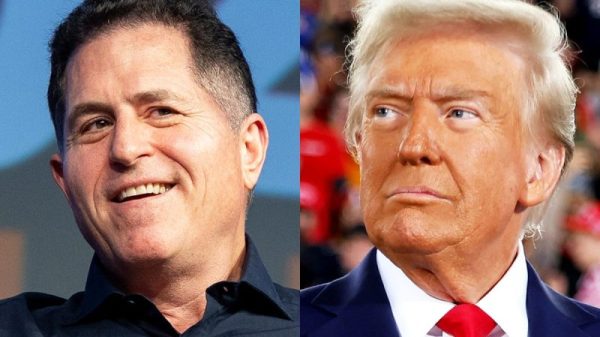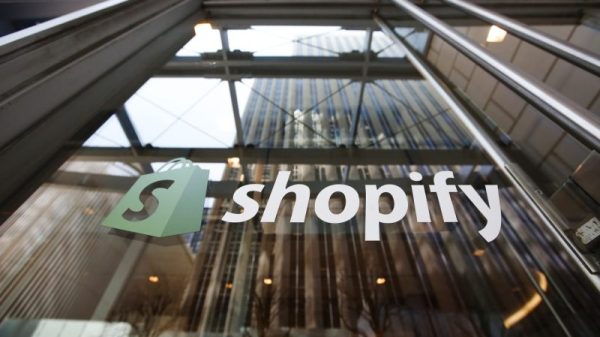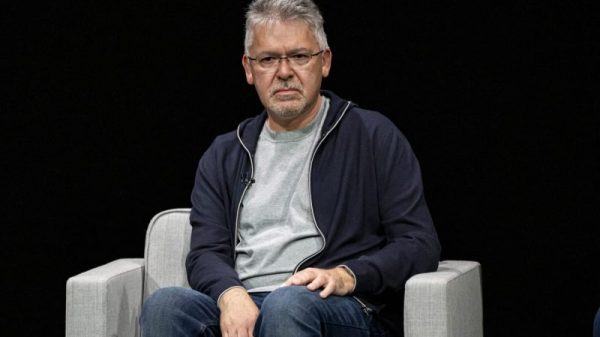
TCO Meaning: Ways to Calculate the Total Cost
The TCO (meaning Total Cost of Ownership) is a financial estimate that helps consumers and businesses determine the direct and indirect costs of a product or system. It goes beyond the initial purchase price to include all aspects of ownership throughout the item’s lifetime.
When making purchasing decisions, people often focus on the upfront cost or purchase price, seeking to satisfy their needs at the lowest immediate expense. However, this approach can be short-sighted.
To make a truly informed decision, buyers should consider the total cost of ownership. This encompasses not only the purchase price but also long-term expenses such as maintenance, upgrades, operation costs, and even disposal at the end of the item’s useful life. By factoring in these elements, investors and consumers can identify which option offers the best value over time, often finding that items with a higher initial price may prove more economical in the long run due to lower ongoing costs.
TCO Meaning: How Total Cost of Ownership Works
Companies and individuals consider the total cost of ownership when making acquisitions and capital project investments. In business financial statements, costs are typically categorised into two main types: capital expenditures and operating expenses. Capital expenditures are one-time investments, such as the initial purchase cost. Operating expenses, on the other hand, include ongoing costs like maintenance and day-to-day operational expenses. Both types contribute to the total cost of own
One of the standard steps many companies prefer to take before they decide to buy a product or make a business is a complete analysis of the total cost of ownership.
Businesses use TCO analysis to demonstrate the long-term financial implications of their purchasing decisions. This approach provides a comprehensive view of costs, looking beyond the initial purchase price to consider all direct and indirect expenses. By including both upfront and ongoing costs, companies can make more informed decisions that align with their budget and strategic goals.
Beyond the Price Tag: Comprehensive Cost Analysis for IT Investments
The computer system is available for purchase at an opening price.
Beyond the initial purchase, additional costs may include new software acquisition, installation, system transition, employee training, security measures, disaster recovery planning, ongoing support, and future upgrades. Companies use these comprehensive cost estimates as a basis for comparison when evaluating different options. This detailed analysis allows for a thorough discussion of the benefits and drawbacks of each potential computer system, as well as its long-term impact on the company’s operations and finances.
Optimising the total cost of ownership goes beyond reducing short-term expenses. While immediate cost-cutting can provide some savings, a comprehensive TCO strategy offers greater long-term value. Many mistakenly believe that achieving optimal TCO simply involves finding the right manufacturer at the best price. However, true optimisation requires a more holistic approach, considering all aspects of ownership throughout an asset’s lifecycle.
What Are the Components of TCO?
Understanding total cost of ownership involves many components. Generally, TCO calculations are based on the following costs:
- Initial purchase price of an asset
- Usage costs
- Quality costs
- Incurred costs
- Disposal costs
- Acquisition costs
- Maintenance costs
Ways to calculate the total cost of ownership:
Initial purchase value + indirect costs + hidden costs
How to Use TCO
A car’s buying process is one such scenario where cost comparison is at the frontline. The total cost of ownership extends beyond the initial purchase price, encompassing ongoing expenses such as maintenance, insurance, and fuel consumption. It’s crucial to identify and quantify these additional costs to gain a comprehensive understanding of the long-term financial commitment.
The concept of total cost of ownership is particularly useful when comparing the costs of a used car to a new one. While a used car might seem like an excellent deal due to its lower purchase price, it may actually have a higher total cost of ownership if it requires frequent repairs. In contrast, a new car often comes with a warranty (typically three years) that covers repair costs. This warranty can significantly reduce the overall ownership expenses, potentially making the new car more economical in the long run despite its higher initial price.
Total Cost of Ownership is an important consideration for any purchase, but it becomes crucial when buying high-value items. For significant investments like cars, houses, and other major capital goods, a thorough TCO analysis is essential. Businesses also benefit from TCO calculations when considering the adoption of new technologies or the acquisition of specialised equipment for specific tasks. This approach helps decision-makers evaluate not just the initial cost, but the long-term financial implications of their choices.
Importance of TCO Meaning in Decision-Making
When a company is fully aware of the actual cost of a product, decision-making is much more accurate in terms of quality and cost. Indeed, a TCO analysis guarantees better, controllable and predictable value over time. It is the most important for a strategy’s operation.
In procurement, total cost of ownership analysis is crucial for identifying suppliers that offer the best long-term value. This approach enables companies to:
- Prioritise investments more effectively
- Negotiate more favorable contracts
- Select the most cost-effective vendors or suppliers
By considering TCO, businesses can look beyond initial pricing to evaluate the overall economic impact of their procurement decisions.
Final Thoughts
The total cost of ownership may be an important benchmark in various contexts such as from business operations to your regular expenses.
Knowing the Total Cost of Ownership is the key to the decision-making process if you are looking for the wealthiest for a long period.
By considering the full lifecycle of a product – from purchase and maintenance to eventual disposal – decision-makers can identify options that offer the greatest overall value. This approach often leads to long-term cost savings, even if the initial price isn’t the lowest. When evaluating options, it’s crucial to look beyond the sticker price and consider the total cost of ownership. Don’t be surprised if a seemingly more expensive solution proves to be the most cost-effective in the long run. By optimising TCO, organisations can achieve sustainable benefits and strategic advantages.
The post TCO Meaning: Understanding the Full Cost of Ownership appeared first on FinanceBrokerage.





























